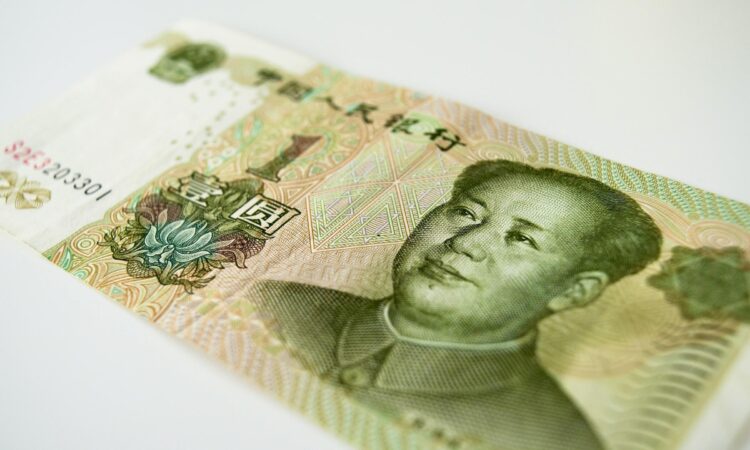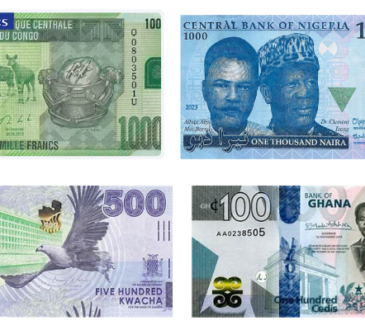
Most Asian currencies traded in tight ranges on Friday, showing limited gains despite a weaker U.S. dollar, as market sentiment stayed cautious amid ongoing equity market sell-offs. The Chinese yuan slipped after data revealed the country’s exports contracted for the first time since March 2024, while its trade surplus narrowed unexpectedly, signaling continued economic headwinds.
The USD/CNY pair rose about 0.1% after October’s trade figures highlighted slowing export growth due to persistent trade frictions with the U.S., which eased only after a late-October agreement. Imports also rose at a slower pace, underlining weak domestic demand in China, the world’s second-largest economy.
Meanwhile, the U.S. dollar retreated from recent three-month highs following weak employment data. Reports from Challenger, Gray & Christmas showed U.S. job cuts surged to over 150,000 in October — the highest in 20 years — amplifying fears of a cooling labor market. Traders are now pricing in a 65.8% chance of a Federal Reserve rate cut in December, up from 59.8% a day earlier, according to CME FedWatch. The greenback’s weakness came as investors focused more on private labor data amid a delayed release of official figures due to a prolonged U.S. government shutdown.
In Japan, the yen weakened as disappointing wage and spending data dampened hopes for near-term interest rate hikes by the Bank of Japan. The USD/JPY pair gained slightly on Friday but was still down 0.6% for the week.
Across the region, other Asian currencies traded mixed. The USD/SGD rose 0.1%, USD/TWD dipped 0.1%, while USD/KRW climbed 0.5% as foreign capital outflows hit South Korean equities. The AUD/USD slipped 0.1%, and the USD/INR held steady above 88 rupees.




